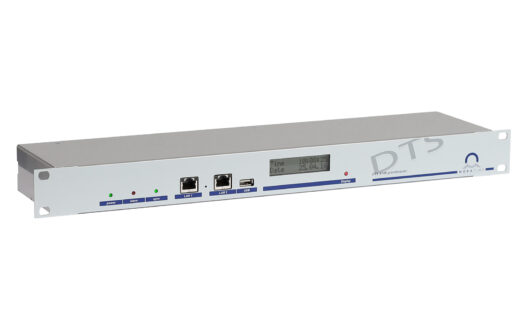Both, PTP and NTP provides time synchronization over a packet based network. But not both protocols are dedicated to the same application fields. It depends on the system’s needs, which of the protocol is preferred.
PTP is needed where a higher level of precision is required (e.g. Telecom, Power distribution, Air traffic control etc.) With PTP sub microsecond or even nanosecond accuracies are feasible, whereas NTP only reaches millisecond level. The key of PTP is hardware timestamping. Only if the timestamping happens close to the wire, it is possible to reach this high level of accuracy. The drawback of it is the need for dedicated hardware and an engineered network.
NTP is an old Internet protocol which is still widely used to distribute time (e.g. clock systems or IT Networks). NTP provides a simple way to synchronize all device over a regular network and even over internet. To ensure a reliable time in a local network, the best solution is to place an NTP server, which is connected to a GNSS Antenna, into the network. Whereas time is needed for clocks, access control systems and other such systems the accuracy of NTP is sufficient. The benefit of NTP is it’s robustness and it’s ability to run on a standard IT equipment.
If you need further information on this topic, please do not hesitate to contact us. We would be pleased to support you.





